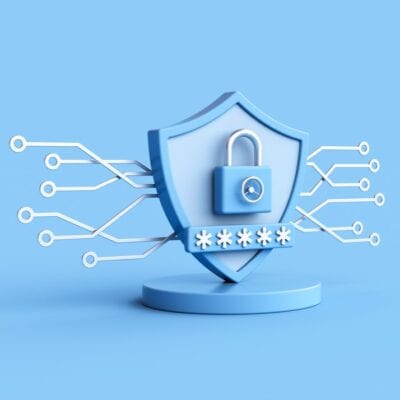Welcome to our cybersecurity blog. Here you’ll find a range of articles featuring important cybersecurity stories from around the world, including opinion pieces.
If you like what you see, don’t miss out on future announcements; sign up to our bi-monthly newsletter below.
























